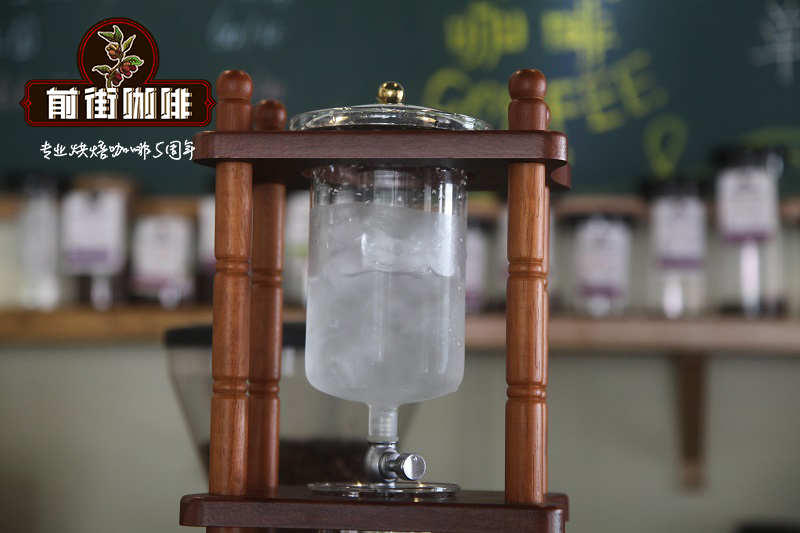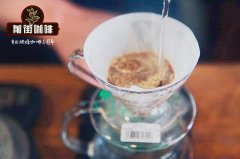Costa Rica Blue Fire Mountain skill Honey processing bidding batch | what is the flavor of the second place in COE in 2017?

Professional coffee knowledge exchange more coffee bean information please follow the coffee workshop (Wechat official account cafe_style)
Costa Rica Blue Fire Mountain skill Honey processing bidding batch | what is the flavor of the second place in COE in 2017?
The estate is located in a well-known region of Costa Rica-the western valley. With poor high temperature and fertile soil, it is very suitable for growing coffee. It is also next to the Azul volcano. It has a history of more than a hundred years. At the end of the 19th century, the Kahle family emigrated from Mexico to Costa Rica and the local Alejo family in Columbia, because they shared a common goal: "to produce the best coffee in the world." Chose to launch their coffee dream together in the New World.
The Blue Volcano is located in the valley of western Costa Rica. Because of its excellent geographical environment, the microclimate of its area has created the perfect coffee fruit and excellent flavor, which greatly increases the chances of getting the C.O.E winning manor. The estate is located next to the Azul volcano and has a history of more than a hundred years. At the end of the 19th century, the Kahle family emigrated from Mexico to Costa Rica and the local Alejo family in Columbia, because they had a common goal: "to produce the best coffee in the world." they chose to launch their coffee dream together in the New World. Now the manor is managed by the sixth-generation Alejo Castro, mainly producing micro-batches of varieties, picking coffee fruits manually and selecting them again by hand, leaving only the ripe bright red parts. In addition to working to improve the quality of coffee, the manor owner is well aware of the importance of ecological conservation. By buying more than 1500 acres of rainforest, he not only preserves the gift of the God of the Earth for his children, but also hopes to do something to slow down global warming.
Costa Rican coffee with refreshing acidity, unrestrained aroma, full of American enthusiasm! Different processing methods will bring out its different flavor-this coffee bean is made with honey treatment, with medium-light roasting, round taste, with a little caramel and chocolate aroma, and moderate acidity. Like the dark fruit aroma of the tropics.
Costa Rica is one of the first Central American countries to introduce coffee cultivation, and the government also attaches great importance to the development of the local coffee industry, promulgating strict environmental laws and regulations to protect the precious ecosystem. Costa Rica currently has more than 50,000 coffee growers. After years of innovation, the coffee industry, which began to develop in 1779, now has a complete industrial system and produces high-quality world-class coffee. The volcanic soil of Costa Rica is very fertile and well drained, and it is tempered by Pacific and Atlantic currents and sea breezes at the same time. Coffee trees are able to grow slowly in the most fertile volcanic ash soil and cool environment at high altitude, giving birth to coffee beans with complete and rich flavor. Costa Rica has seven major coffee producing areas, of which the Midwest Valley, Central Valley and Tarazu are of the best quality and have the longest history, and have long been recognized by coffee lovers all over the world.
Costa Rica Geisha, which is round and short.
Dry fragrance: floral, blueberry, citrus, grape
Shixiang: White grapes, tomatoes, red berries, Ceylon black tea
Sipping: Jasmine, cream, brown sugar, lemon grass, apple, refreshing and bright.
Recommended by hand:
Filter cup: Hario V60
Water temperature: 90 degrees
Degree of grinding: small Fuji 3.5
Cooking methods: the ratio of water to powder is 1:15, 15g powder, the first injection of 25g water, 25 s steaming, the second injection to 120g water cut off, waiting for the powder bed water to half and then water injection, slow water injection until 225g water, extraction time about 2:00
Analysis: using three-stage brewing to clarify the flavor of the front, middle and back of the coffee. Because the V60 has many ribs and the drainage speed is fast, it can prolong the extraction time when the water is cut off.
Important Notice :
前街咖啡 FrontStreet Coffee has moved to new addredd:
FrontStreet Coffee Address: 315,Donghua East Road,GuangZhou
Tel:020 38364473
- Prev

Suggestions on how to make Costa Rican coffee in Crire Flower Manor in Tarazhu, Costa Rica
Professional coffee knowledge exchange more coffee bean information please pay attention to coffee workshop (Wechat official account cafe_style) Costa Rican coffee (Costa Rica Tarrazu) Costa Rican coffee is planted in high-altitude areas with excellent soil, the density is the densest, and the quality is quite stable and superior. It is recognized by gluttons as the most balanced coffee, and Costa Rican coffee seeks the right acidity.
- Next

Costa Rica Fire Phoenix Manor drunken Black Coffee Flavor _ hierarchical treatment of Costa Rican Honey
Professional coffee knowledge exchange more coffee bean information please follow the coffee workshop (Wechat official account cafe_style) Costa Rican Coffee Fire Phoenix Manor is located in Costa Rica Coffee-Central Valley Poas volcano soil fertile hills, is the first producer in Central and South America to start the production of honey treatment and sun-cured coffee, is a completely 100% organically cultivated coffee manor, manor
Related
- Detailed explanation of Jadeite planting Land in Panamanian Jadeite Manor introduction to the grading system of Jadeite competitive bidding, Red bid, Green bid and Rose Summer
- Story of Coffee planting in Brenka region of Costa Rica Stonehenge Manor anaerobic heavy honey treatment of flavor mouth
- What's on the barrel of Blue Mountain Coffee beans?
- Can American coffee also pull flowers? How to use hot American style to pull out a good-looking pattern?
- Can you make a cold extract with coffee beans? What is the right proportion for cold-extracted coffee formula?
- Indonesian PWN Gold Mandrine Coffee Origin Features Flavor How to Chong? Mandolin coffee is American.
- A brief introduction to the flavor characteristics of Brazilian yellow bourbon coffee beans
- What is the effect of different water quality on the flavor of cold-extracted coffee? What kind of water is best for brewing coffee?
- Why do you think of Rose Summer whenever you mention Panamanian coffee?
- Introduction to the characteristics of authentic blue mountain coffee bean producing areas? What is the CIB Coffee Authority in Jamaica?

